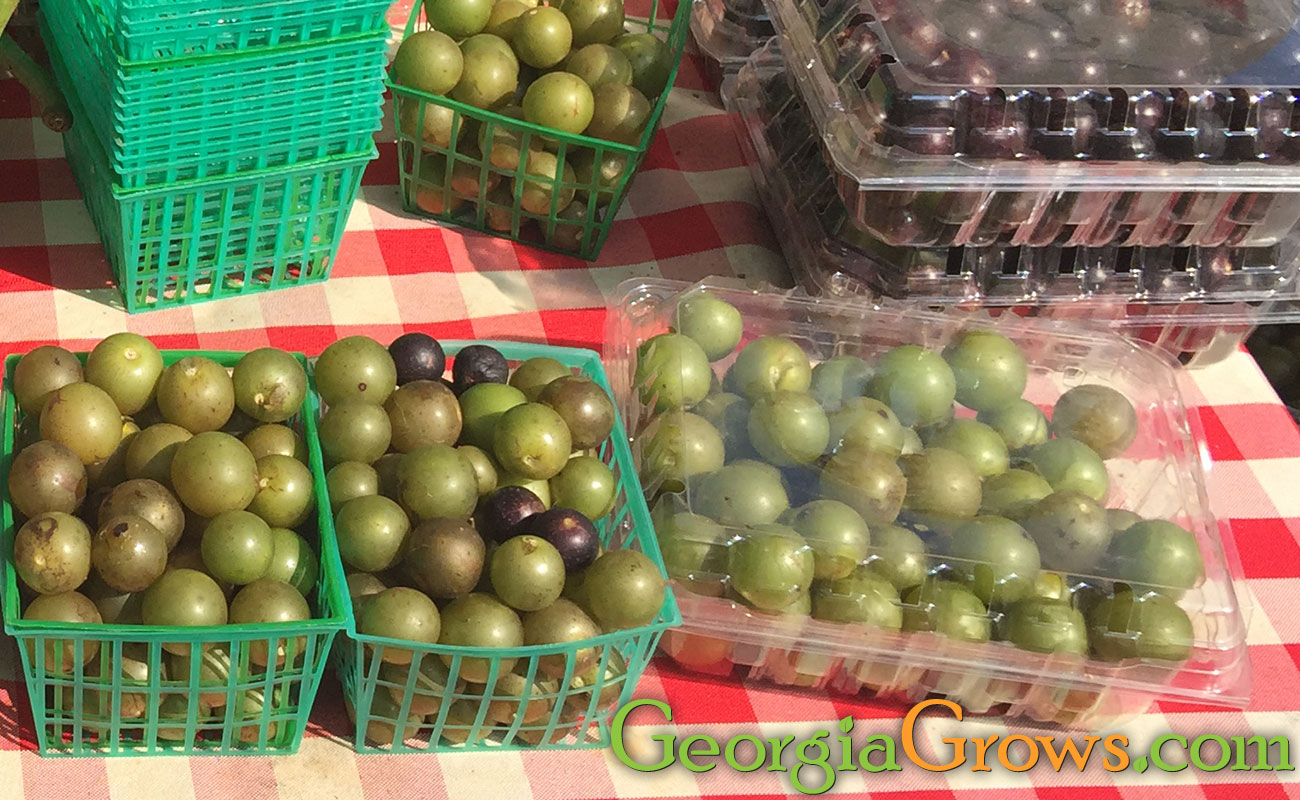Muscadines are a type of grape native to Georgia and the southeastern United States. They are known for their unique flavor, thick skins, and high nutritional value.
Here are 10 key facts about muscadines:
- Appearance: Muscadines are larger and rounder than typical grapes. They have a thick skin that ranges in color from bronze to purple or black. Muscadines are often slightly translucent, and their pulp is juicy and sweet.
- Flavor: Muscadines have a distinct taste that is often described as rich and musky. The flavor can vary depending on the variety, ranging from sweet to tart. Muscadines also have a unique aroma that adds to their overall sensory experience.
- Nutritional Value: Muscadines are packed with nutrients and are considered a healthy fruit choice. They are a good source of dietary fiber, vitamin C, and antioxidants. Muscadines are also known for their high resveratrol content, which is a beneficial compound associated with various health benefits.
- Culinary Uses: Muscadines can be consumed fresh or used in a variety of culinary applications. They make delicious additions to fruit salads, desserts, jams, jellies, and pies. Muscadine juice, wine, and grape concentrates are also popular products made from these grapes.
- Health Benefits: Muscadines offer numerous health benefits. The antioxidants found in muscadines, such as resveratrol, may have anti-inflammatory and heart-healthy properties. Muscadines also contain polyphenols, which have been linked to improved cognitive function and potential cancer-fighting properties.
- Cultivation: Muscadines are well-suited to the warm and humid climate of Georgia and the southeastern United States. They are hardy and can tolerate a range of soil conditions. Muscadines are typically grown on trellises or arbors to support their climbing growth habit.
- Harvesting: Muscadines are harvested when fully ripe. The exact timing of the harvest can vary depending on the desired sweetness and flavor profile. In Georgia, the muscadine harvest takes place from August through October. Unlike traditional grapes, muscadines have a relatively short shelf life and are best consumed shortly after picking or processed into products for longer preservation.
- Traditional and Cultural Significance: Muscadines have a long history in Georgia cuisine and culture. They have been used for centuries in traditional recipes and have cultural significance in many southern communities. Muscadines are often enjoyed during harvest festivals and as a symbol of southern hospitality.
- Varieties: There are several different varieties of muscadines, each with its own flavor profile and characteristics. Some popular varieties include Carlos, Noble, Magnolia, and Fry. Each variety may have distinct color, size, and flavor nuances.
- Availability: Muscadines are typically available in Georgia in the late summer and early fall. While they are primarily grown in the southeastern United States, muscadine grapes can sometimes be found in specialty grocery stores or farmer’s markets outside of their native region.
Muscadines are a unique and flavorful fruit that offers both culinary enjoyment and potential health benefits. Whether eaten fresh, used in recipes, or enjoyed in the form of juice or wine, muscadines are a beloved fruit with a rich history and cultural significance.

